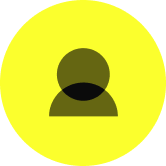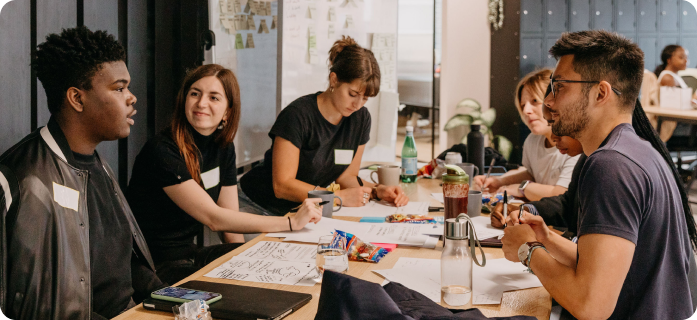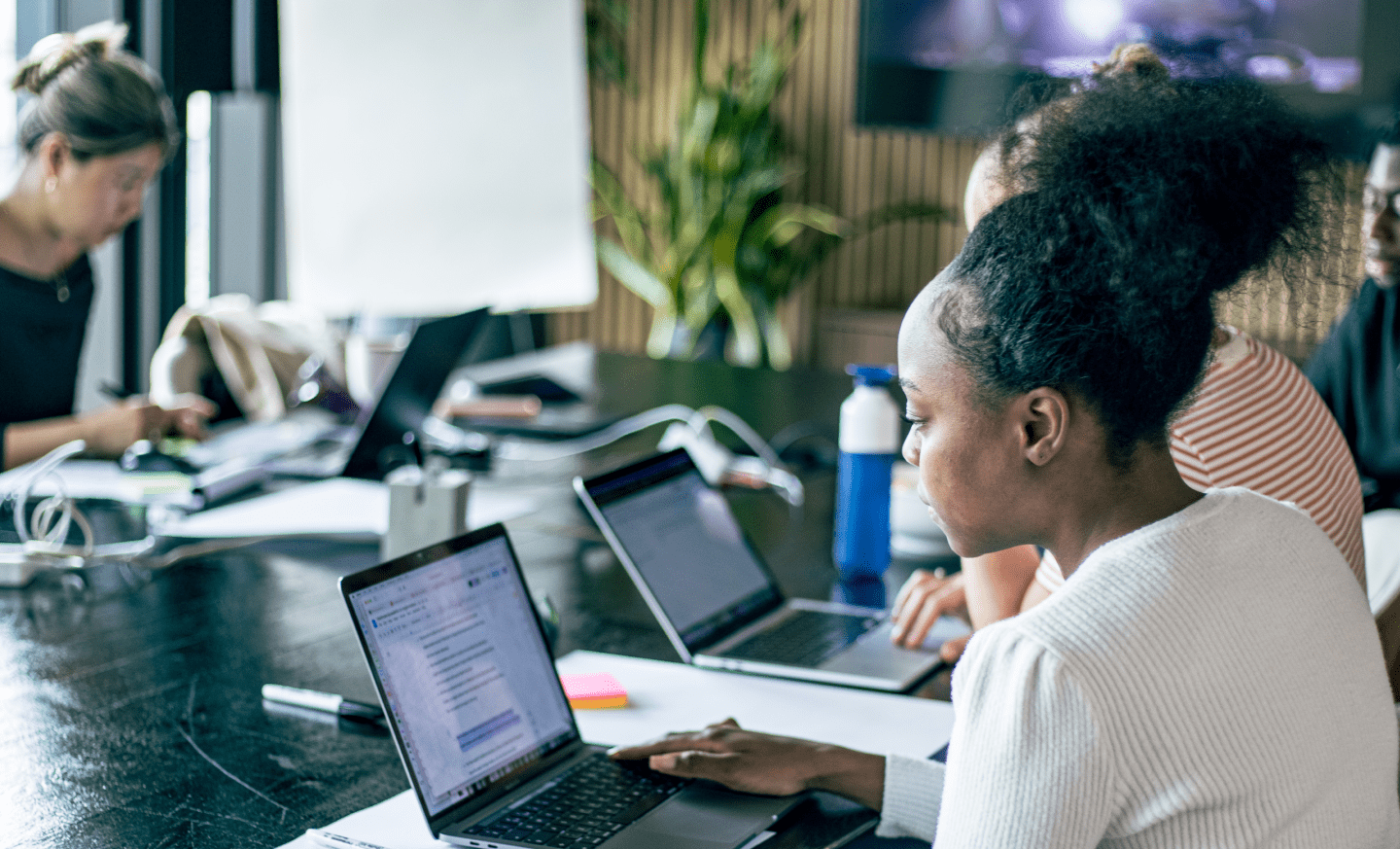Student Success Story: Sydney Schaefer
Looking back before you joined the course at Experience Haus, can you tell us a little bit about what you were up to and what led you to consider a course in Product Design?
I studied general design practices at university and as soon as I graduated, I got a job as a designer at an advertising agency, but it wasn’t really for me. I’m not necessarily a graphic or visual person, but it was a good steady job to have when I first left university. Over time, I felt it wasn’t the right place, it wasn’t the right fit, so I did end up leaving and searching for other jobs as I wanted to do something that was more Service Design/UX orientated. I pulled together my portfolio, but it wasn’t really suitable for those disciplines. I applied for lots of jobs and had lots of odd, small jobs and freelance gigs here and there that were closer to what I was looking for, but still not quite right for me. There were a lot of instances where I’d meet up with someone, they’d give me a bit of work but things didn’t always pan out. I think I got luckier than a lot of people in those situations, because I went out and talked to a lot of people which helps, but there’s only so much you can do!
Then the pandemic hit and any kind of traction I had immediately stopped. I knew I was interested in UX. I knew I wanted to do some form of digital products. I thought this was a good transition for my skills and where I wanted to be in the future, so I started doing some independent projects. That worked out well for the time, but I kept hearing over and over again ‘you don’t have enough experience. Your portfolio isn’t quite right.’ It was always the same message of hearing I was good, but that I needed a bit more. Around that time I thought I had been doing this for a while, and it was time to figure out how to get that experience and get that certification under my belt.
How did you come across Experience Haus? What made you decide to pick our course?
It was actually my partner that found Experience Haus. He sent it to me because we were talking about doing courses and I didn’t want something big or long-term because I already had a design background. I just needed a top-up really! I already knew how to go through a lot of the procedures, I just needed someone there to critique my work, so that was what was really important to me. I had a chat with one of the team about it and he was the one who really sold me on it! It was a really good conversation and I actually felt like he cared about it. He was honest about where I’d learn things and where I’d potentially be repeating but I would still get something out of it.
Thinking about your time on the course… What did you want to achieve from your Experience Haus course?
The main things I wanted to achieve were getting my portfolio and just refreshing my skills. It was also a bit of a stress test to make sure this was the next direction I wanted to move in. I had committed a lot of time but actually going through a project from end to end was really important as well.
What did you enjoy most about the course?
The course was great! I think I was able to commit a lot of time to it. It’s definitely one of those courses where you get out what you put in.
I enjoyed being able to have 1:1 sessions with people on a regular basis – I really appreciated that. That’s one thing a lot of people don’t realise about design: it is a team sport and not something you can just do by yourself. We all have our own assumptions and come from different places, so having someone to sit there and be like ‘you’re actually wrong here but it’s alright that you’re wrong as you’ve built up assumptions. Let’s talk about this’ or ‘Let’s test this to see if you are right’. It helps make my work better.
I liked the fact it was in-person. Everyone on the course was really lovely. Having that interconnected critique of everyone’s work was really useful and fun!




